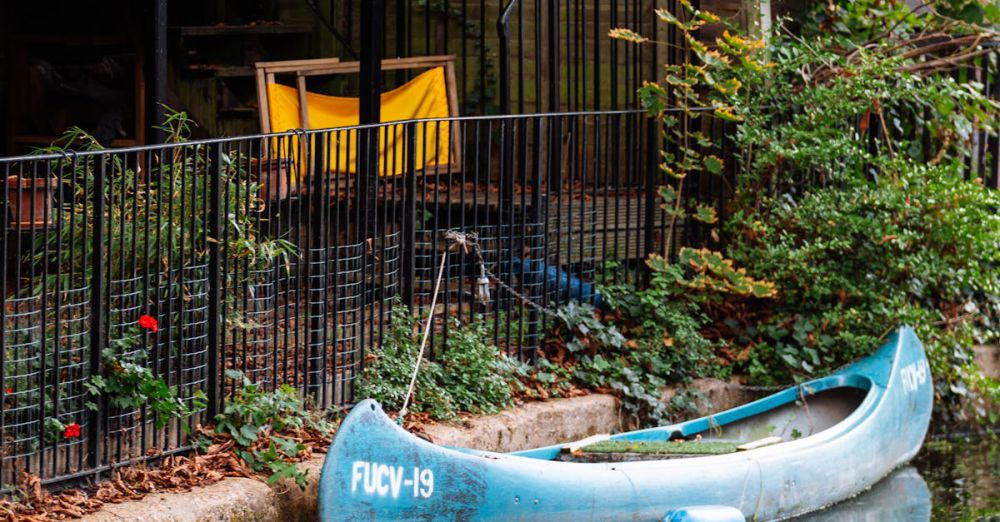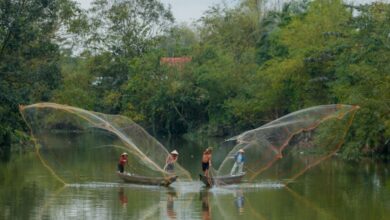Understanding Canoe Portaging
Canoeing is not merely about gliding along serene waters; it often involves navigating land as well. This is where canoe portaging comes into play, a practice that can significantly enhance your paddling experience. Portaging refers to the act of carrying a canoe overland between two bodies of water. This may seem tedious, but it is essential for traversing obstacles like rapids, shallow stretches, or landlocked lakes. Mastering the art of portaging can transform your outdoor adventures, allowing you to access remote locations and enjoy nature far from the beaten path.
The Basics of Portaging
Portaging can seem daunting at first, especially for novice paddlers. However, understanding its fundamentals makes the process more manageable. Typically, portaging involves three main stages: preparing the canoe, carrying the canoe, and re-launching it into the water.
Before you embark on a portage, ensure you have the right gear. A lightweight canoe is ideal for beginners, while seasoned paddlers may prefer a more durable model. It is also crucial to pack efficiently. Distributing weight evenly in your packs will help maintain balance during transport. Secure all items to avoid the possibility of losing gear along the way.
When it comes time to carry the canoe, technique is key. The traditional method involves lifting the canoe above your head, a technique known as the “overhead carry.” This method allows for better visibility and stability. Alternatively, some prefer a shoulder carry, where one end of the canoe rests on their shoulder while the other end is held in hand. Whichever method you choose, practice lifting and balancing the canoe before hitting the trails to build muscle memory and confidence.
Finding the Right Portage Trail
Not all trails are created equal when it comes to portaging. Selecting the right path can make a world of difference. A good portage trail is well-established, with minimal obstacles like roots and rocks. Look for trails that are wide enough to accommodate your gear and provide a smooth, manageable surface.
Local guides, maps, or online resources can help identify suitable portage routes. Pay attention to any signs or markers indicating the trail’s condition. Additionally, scouting the trail ahead can prevent accidents and ensure a smoother journey.
Safety First
Safety should always be a priority while portaging. Always wear a personal flotation device (PFD) when near water, even while carrying the canoe. If you are portaging with a partner, communicating clearly about your movements will help prevent accidents. Establish a plan for navigating tricky sections, especially if you encounter steep inclines or muddy terrain.
Consider the weather as well. Rain can make trails slippery and increase the risk of falls. If the conditions are poor, it may be wise to delay your portage until the weather improves. Always have a first aid kit accessible for minor injuries, and ensure your phone or communication device is charged in case of emergencies.
Embracing the Experience
While portaging may seem like a chore, it offers an opportunity to connect with nature in unique ways. The time spent off the water allows you to appreciate the beauty of the landscape, observe wildlife, and enjoy the tranquility of the outdoors. Many paddlers find that the most memorable moments of their journey happen during these overland segments.
Consider making your portage a part of your adventure. Stop along the way to enjoy a scenic view, take photos, or have a snack. Engaging with the environment can turn a necessary task into a cherished part of your journey.
Making Portaging a Habit
As you gain experience, portaging will become second nature. You’ll develop a rhythm and learn to navigate various terrains with ease. As you challenge yourself with longer and more complex portages, your confidence will grow, enhancing your overall canoeing skills.
Remember, the essence of canoeing lies in exploration. By mastering portaging, you unlock new waterways and hidden gems that many paddlers never see. Embrace the challenges of portaging, and you’ll find that it adds depth and richness to your outdoor experiences.







